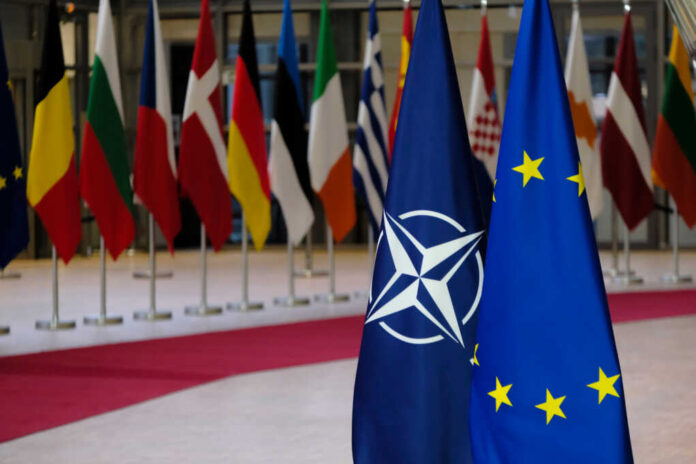
Concerns are growing among European defense officials about how much control the US maintains over the military hardware it supplies to allies. Amid shifting alliances and uncertainty in Washington’s foreign policy, several European leaders are questioning whether the US has the ability to disable or limit the operational capacity of American-made weapons used by NATO allies.
The debate has intensified following reports that certain US-manufactured fighter jets, particularly the F-35, could be vulnerable to remote deactivation through embedded software controls. Germany, which recently acquired 35 F-35A Lightning II aircraft, has expressed concerns over potential limitations imposed by Washington.
Defense analysts suggest that while no hard evidence of a “kill switch” has been uncovered, the possibility cannot be ruled out. European governments have relied heavily on US-made aircraft and weaponry for decades, with more than half of Europe’s fifth-generation fighter fleet sourced from American defense contractors.
Beyond direct control, experts warn that European nations remain dependent on the US for critical software updates, spare parts and technical maintenance. Even without an intentional shutdown mechanism, the US could limit operational effectiveness by cutting off logistical support.
Lockheed Martin, the manufacturer of the F-35, has denied that any intentional deactivation feature exists. However, military analysts caution that the reliance on US systems for navigation, communications and weapons integration still makes European forces vulnerable to political decisions in Washington.
With tensions rising and the Trump administration signaling a more America-first approach to global security, European military leaders are beginning to explore alternatives. France, which operates its own independent defense industry, has proposed a more self-reliant European military strategy, while Germany has begun discussions on reducing its dependence on US-made systems.
The discussion is likely to intensify as European leaders reassess their strategic relationships and seek greater autonomy in military capabilities.





























